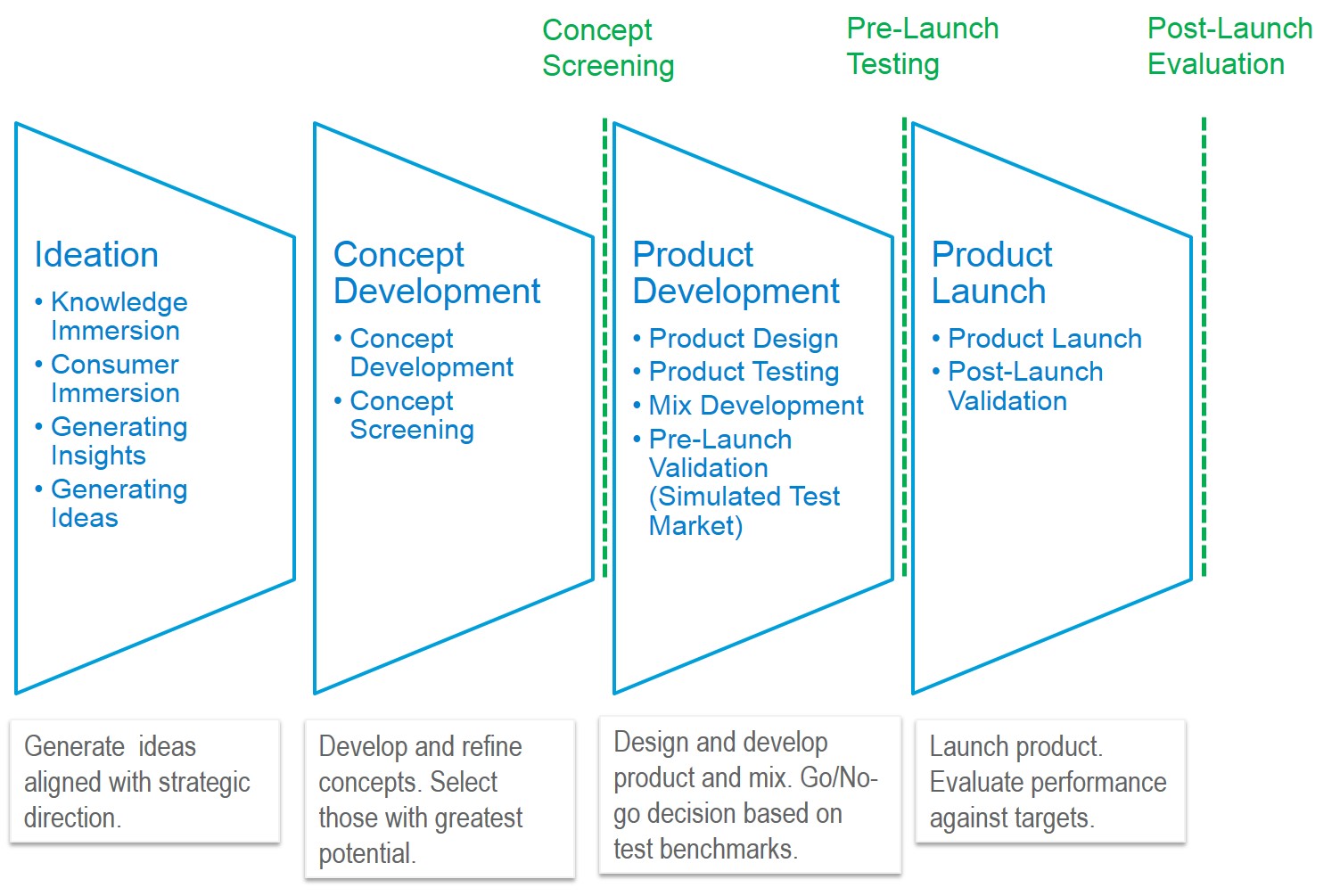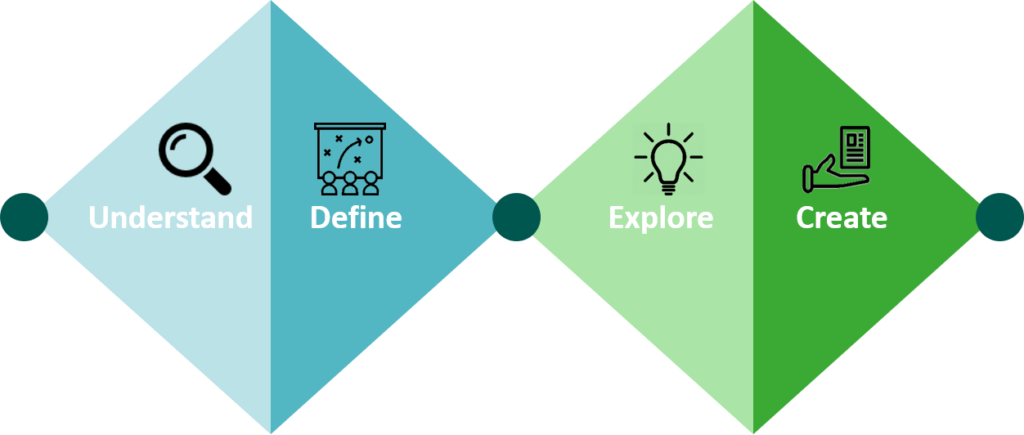Double Diamond
Derived from earlier processes mostly in consumer-oriented fast-moving consumer goods (FMCG), the Double Diamond model provides guidance through the various stages of Product Discovery.
Marketing in FMCG
When marketers in FMCG want to develop new products, they face a high demand for innovation (well, counting washing powder that washes even more white as innovation🤣) which results also in high failure rates as these innovations might not be accepted by consumers. In a non-digital world, where physical products have to be produced, packaged, shipped, advertised, and finally sold, this is a major risk and root cause for the risk of investments.
The chart already depicts the various phases, but these need adjustments for digital products, and also the very nature of each of the phases doesn’t become clear enough.
The Double Diamond Model
The Double Diamond is a visual representation of the design and innovation process. It’s a simple way to describe the steps taken in any design and innovation project, irrespective of methods and tools used.
Looking at the visualization, the reason for the name is immediately obvious. Also, the image nicely illustrates when to be open and explorative, and when to narrow down and select a specific aspect.
When we focus more on Product Management and The Four Key Risks, rather than design, we can adapt the model:
There are several variations of that model, e.g. some refer to the 4 phases as Discover — Define — Develop — Deliver, but the core idea remains the same. In that model, the objective of the blue-ish part is to select the right problem, while the green-ish phases aim to define the right solution.
In a bit more detail, the various phases can be sketched as follows:
Understand
So essentially be open, widen the scope, observe what is going on, and do not make any assessments or decisions yet but try to see, hear, and feel what is going on.
Define
From all the problems observed before, select the most relevant one(s) and define metrics and key success criteria.
Explore
Now that a problem has been selected, be wide open again with respect to potential solutions, ideate interactions, create mockups, and run usability tests to see what is working for the user and what is not.
Create
Further Reading
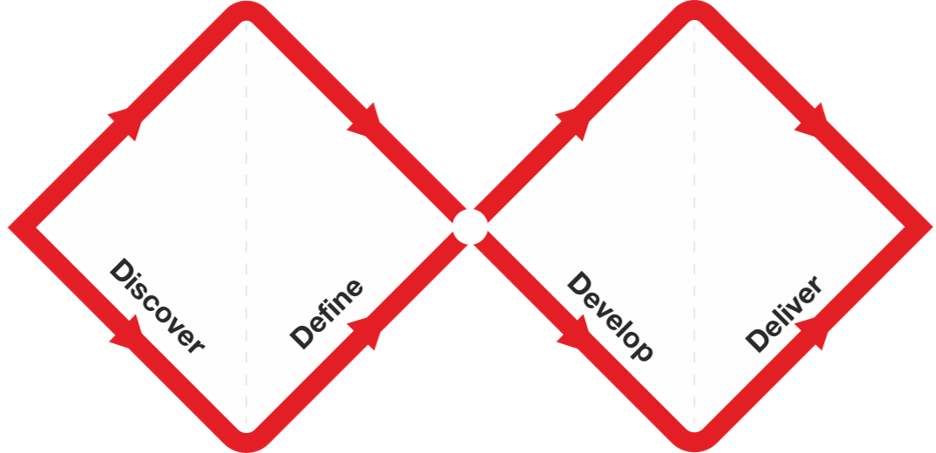
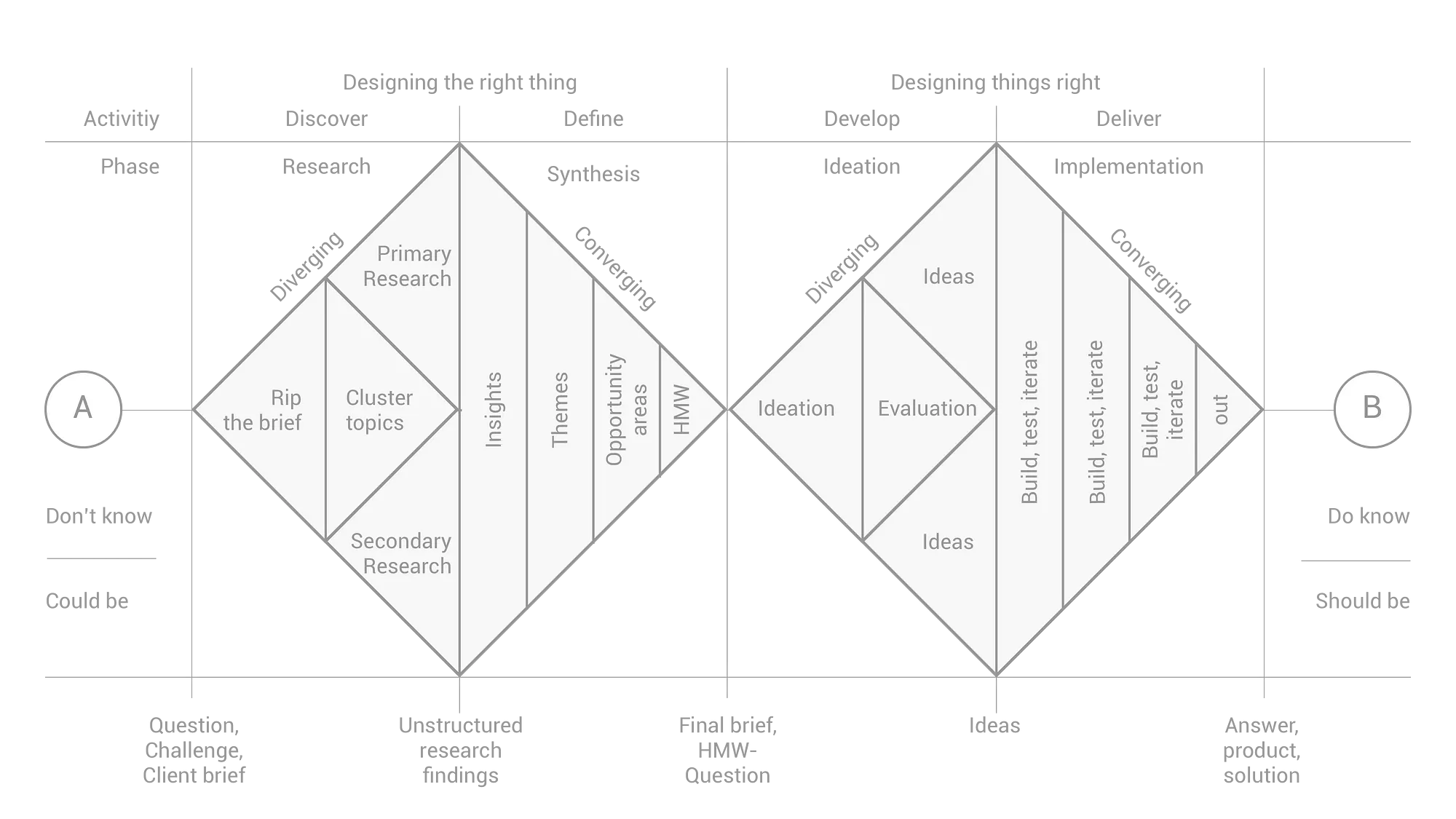
How to apply a design thinking, HCD, UX or any creative process from scratch
This how-to article aims at providing designers, creative thinkers or even project managers with a tool to set up, frame, organise, structure, run or manage design challenges, and projects.

How to rethink the Design process, fail, reflect and iterate
Through teaching, debating and asking for feedback I was able to evaluate the value and challenges when introducing the framework to novice users in an academic context.

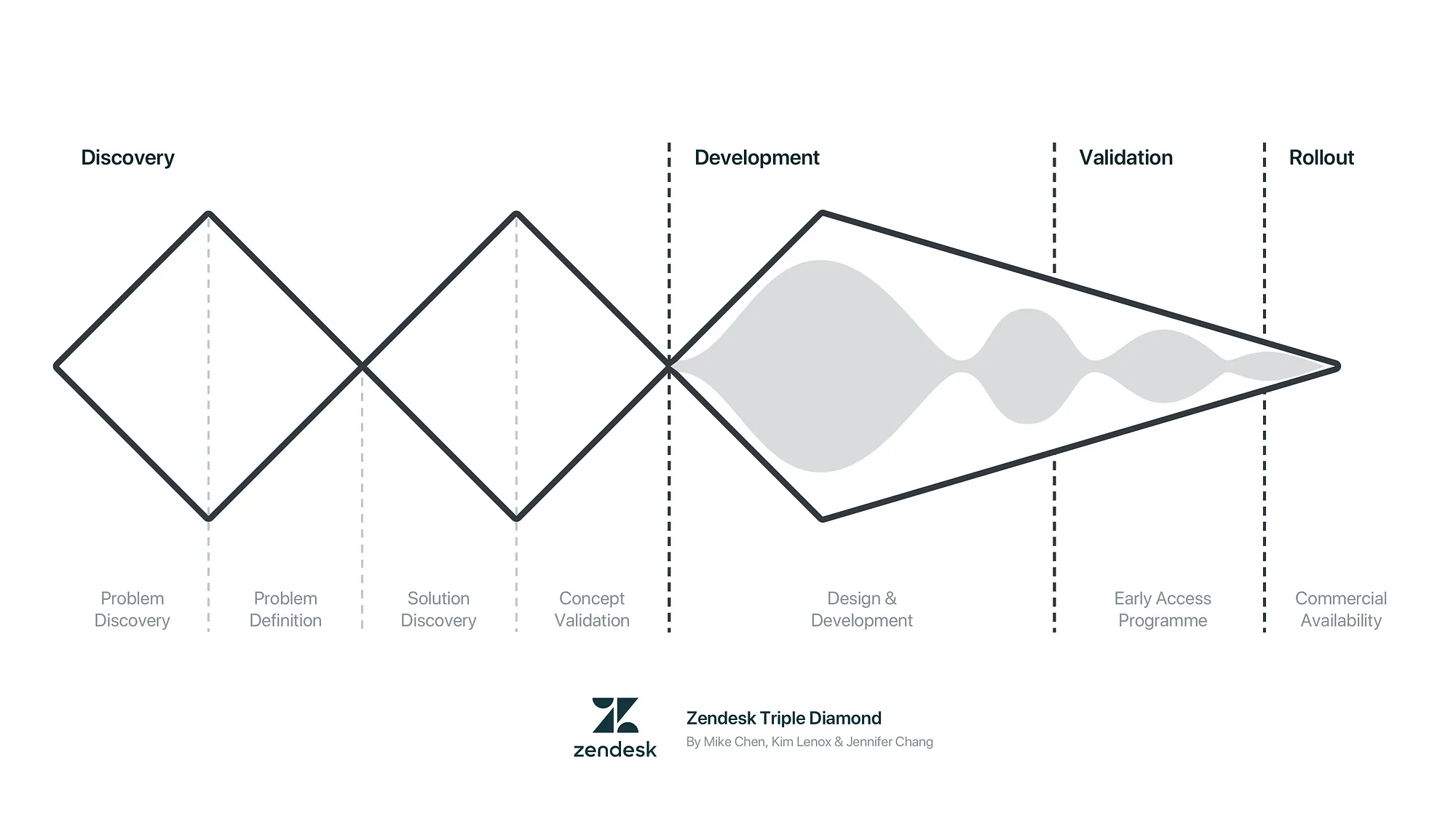
The New Double Diamond Design Process Is Here
Design works wonderfull in this constellation of UCD, Agile, Lean Startup and Visual Thinking.

